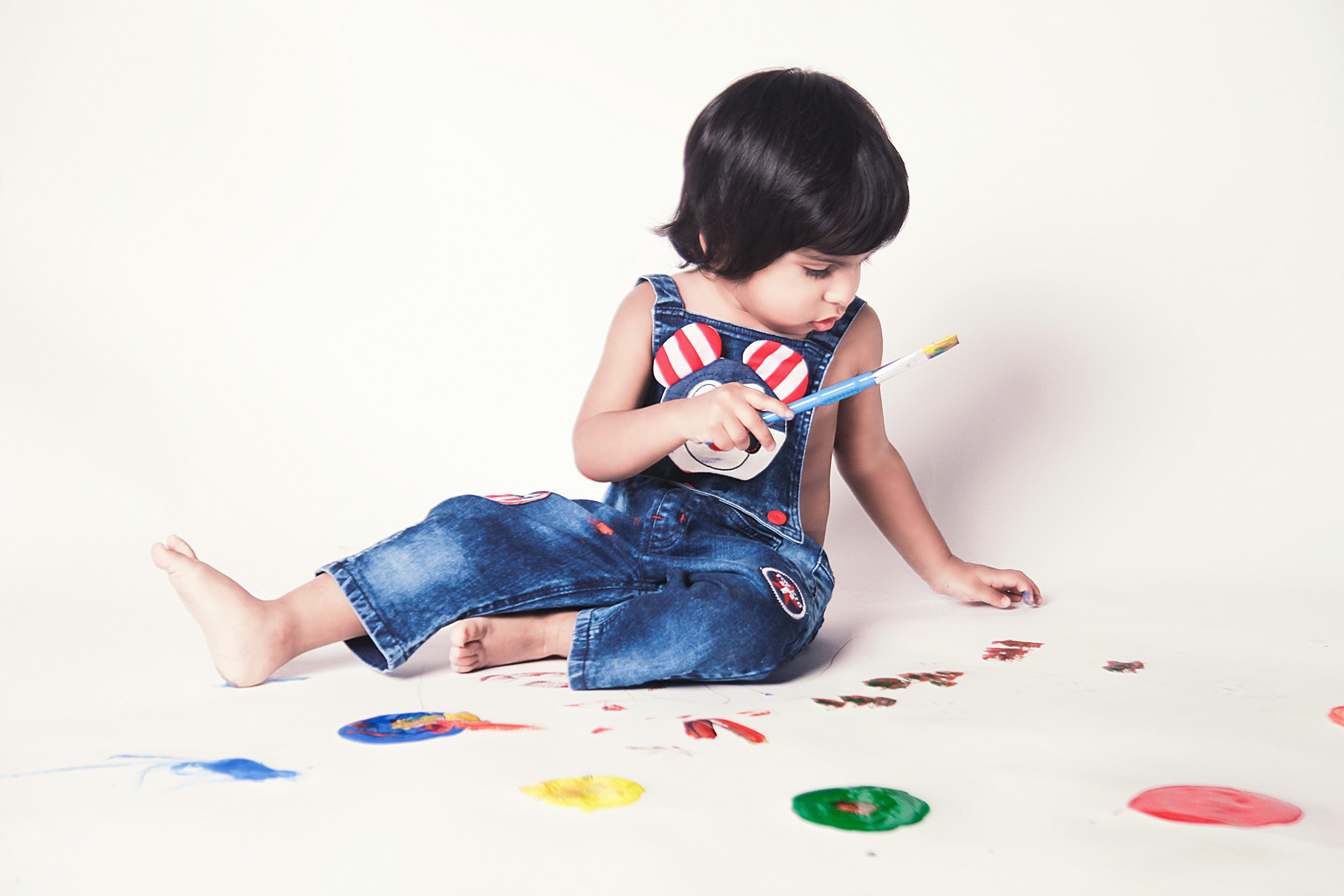Sensory Play for 2-4 Year-Olds: An OT’s Favourite Ideas for Early Development
As an occupational therapist, I witness the magic of sensory play every day. From building fine and gross motor abilities to nurturing self-regulation and sparking problem-solving, sensory play lays the groundwork for lifelong learning. Whether it involves getting messy, exploring textures, or moving with purpose, these playful moments are the building blocks of childhood. Today I'm sharing a few of my favourites with you!
Sensory Play for 2-Year-Olds
At this stage, kids explore the world with their mouths, so sensory play needs to be taste-safe. Try these ideas:
Edible Sand: Blend oats or cereal into a soft, scoopable texture that’s safe for little ones to feel, pour, and even taste as they play.
Jelly Dig: Hide small toys in jelly for a hands-on adventure that encourages squishing, poking, and fine motor skills
Frozen Yogurt Cubes: Freeze spoonfuls of yogurt in an ice cube tray for a fun, sensory treat that little ones can hold, explore, taste, or even use to paint and create edible art!
Sensory Play for 3-Year-Olds
Three-year-olds are naturally curious and love to experiment with textures, sounds, and how things move.
Cloud Dough – A moldable, soft material made from flour and oil, cloud dough invites squishing, squeezing, and sculpting, offering a soothing and engaging tactile experience.
DIY Sound Shakers – Bottles filled with different materials (rice, pasta, beans) offer auditory feedback and support rhythm and coordination.
Sticky Wall Collage – Contact paper (sticky side out) allows for hands-on exploration with fabrics, paper, and lightweight objects.
For an in-depth look at sensory play from an educator’s perspective, this resource is worth checking out.
Sensory Play for 4-Year-Olds
Four-year-olds thrive with open-ended sensory play that promotes creativity, problem-solving, and fine motor skill development.
Dinosaur Ice Excavation – Freezing small toys in ice and using warm water droppers or toy hammers builds patience and coordination.
Making playdough together, then enjoying the fun, involves your child in the kitchen, and then set a scene with a theme (e.g., under the sea with sea animals and blue playdough);
Make a car or toy bath/wash (create a mud tray and a cleaning tray with sponges/soap)
Looking for More Sensory Play Ideas?
In my Toy & Activity Guides, sensory play has a dedicated page for each age group. Packed with carefully curated activities and toy recommendations, these guides are designed to spark creativity, support development, and bring joy to little ones (and their grown-ups, too!).
Sensory play is one of the best ways to support early childhood development—what are your go-to activities? I’d love to hear!




